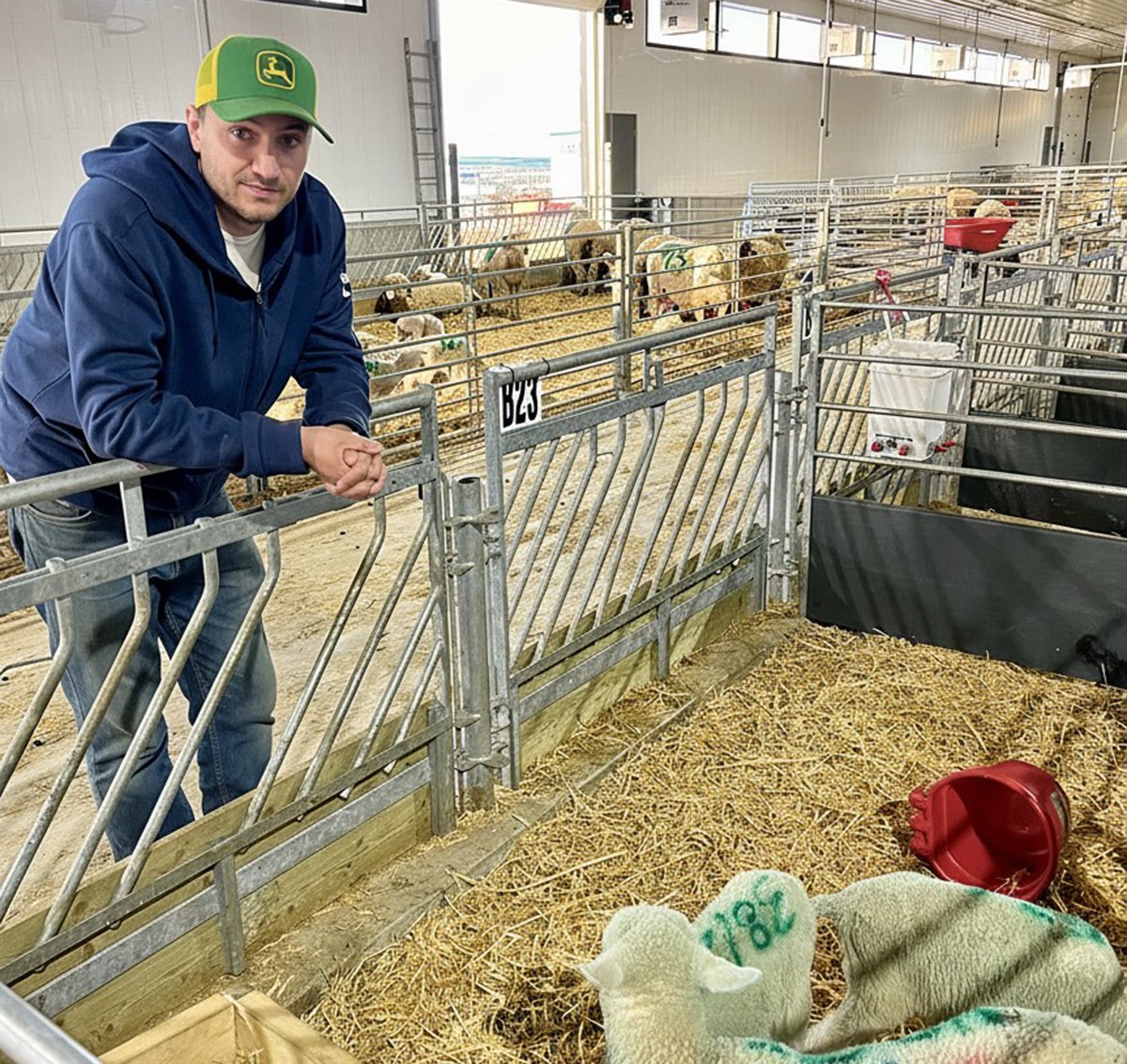There were no ifs, ands or buts when Australia decided to launch its livestock traceability program.
Millions of animals gathered from far-flung cattle stations, auctions, feedlots and processors have been electronically scanned on a mandatory basis since 2005.
Canada should have been as strict, said Australian Garry Edwards, chief executive officer of Integrated Traceability Solutions, a Canadian company that provides electronic identification systems.
Edwards was also involved in developing the electronic system adopted by the Australian National Livestock Identification Scheme.
“You have some of the weakest performance standards for tags and technology I have seen anywhere in the world,” he told the International Livestock Identification Association’s recent meeting near Calgary.
Read Also

Solar, sheep provide valuable farm diversification
Eric Steeves says raising sheep on forages grown under solar panels provided economic stability and perhaps even saved his family’s fifth generation southern Alberta grain farm.
“Part of the issue you are struggling with over here is despite the fact that you agreed on a (radio) frequency, you cannot agree …. on a viable, efficient industry standard and specifications in how you expect these tags to work.”
He said no exemptions should be allowed so that people have no excuse not to do it.
“You can make it work,” he said. “This is not rocket science.”
Australia’s voluntary animal and farm identification system started in 1999 and quickly became mandatory after the country saw what happened to the Canadian meat industry when BSE was discovered in 2003. International trade was closed and export losses in the last seven years have amounted to $4 billion.
The Australians, who heavily depend on exports, feared market losses of $100 million per month if a foreign animal disease occurred.
They adopted a single technology as their national standard and decided the system had to go ahead without delay.
“It wasn’t that difficult to put it in because everybody knew there wasn’t an excuse not to put it in,” he said.
The Australian system is less forgiving than the one in Canada, which asked producers to use plastic dangle ear tags with bar codes to a graduated transition that allows six different radio frequency tags.
The Australian meat industry controls its program, which means it issues the numbers and operates the central database. It can easily handle reports from an auction running 10,000 to 15,000 head per day.
Every step in the chain must be 100 percent reconciled at the feedlot, auction and packing plant so that all numbers and animals balance.
Average tag loss has been less than one percent on 12 million cattle, while the average for non-reading tags has been 0.08 percent.
The Australian system provides a full history of individual animals, recording where each animal was born, finished, sold and killed.
Canadian Cattle Identification Agency chair Darcy Eddlestone said Canada hasn’t reached that point yet because it continues to struggle with premise identification records. Movement of animals cannot be recorded until all farms with livestock are registered.
He said the CCIA must reach agreements with each province, which each have varying land ownership registration and location requirements.
The federal government wants full traceability on cattle, sheep, hogs and poultry by 2011, but Eddlestone said the initiative remains surrounded by uncertainty.
“Everybody has a different definition of what traceability is,” he said.
All groups have to work together on what the industry is capable of achieving, he added.
Canada’s system was developed in 1998 and started operating in 2002.
Six yellow electronic tags are approved and cattle must be tagged when they leave the farm. They are scanned when they arrive at a feedlot and at the slaughter plant at the time of inspection.
Canada has since expanded to a value-added system, which allows interested groups to use the database to record birth dates, health records and additional information for branded beef programs attached to individual animal numbers.
However, demand for the tags has been falling as the national herd shrinks. The agency receives 60 cents per tag sold.
“At a time when we are seeing more and more demand placed on traceability issues, we are seeing falling cow herd numbers so we have less dollars coming in and more demand on our service basis,” he said.
Cost to producers also remains an issue.
Producers buy the tags and attach them, but Eddlestone said other users should help pay the costs if they want to benefit from the system.
Producer acceptance has been difficult, even after seven years of living with BSE restrictions. The agency and its founders assumed people would accept it much sooner.
“I think it is important that industry convey to producers what the benefits are in the system,” Eddlestone said.
“They don’t trust government. We haven’t done a very good job of this in creating trust in the industry and what the benefits are.”
He said food safety and traceability are major benefits because the days of producing food in anonymity are over.
“We want to go back to the way things were prior to BSE, but the world has changed and consumers want this information,” he said.















